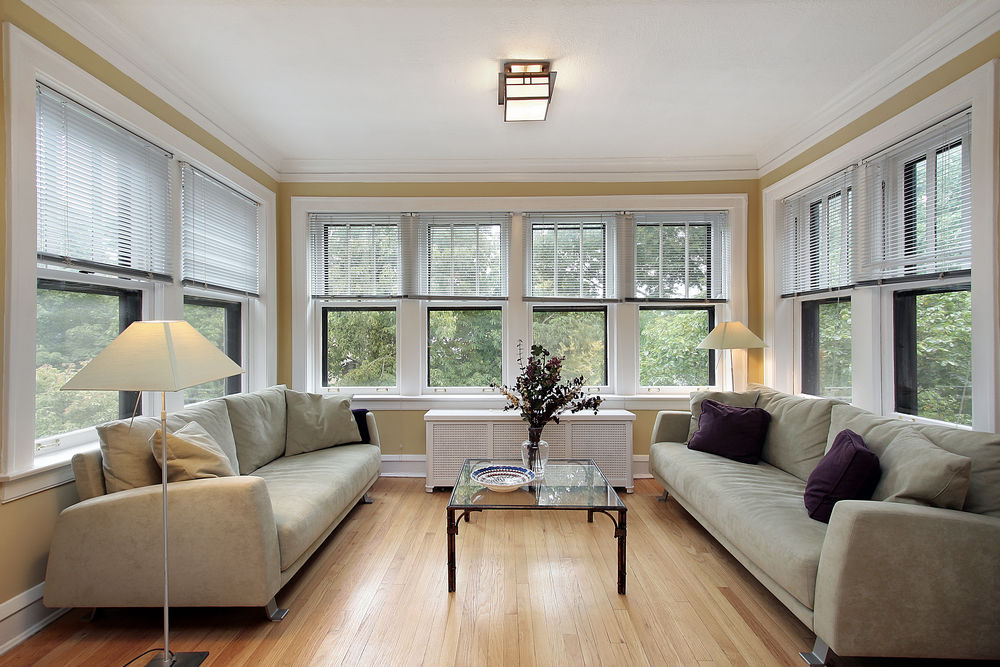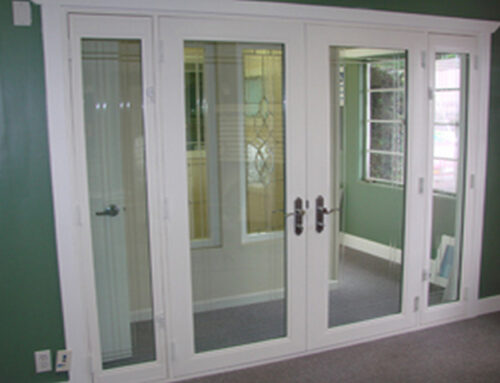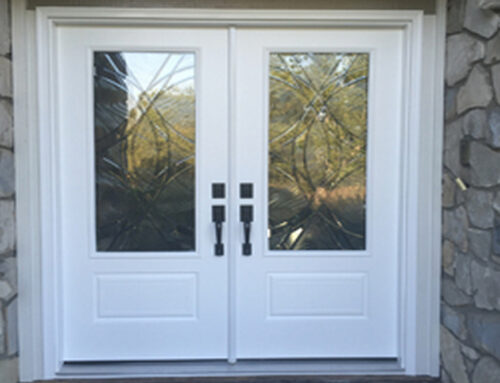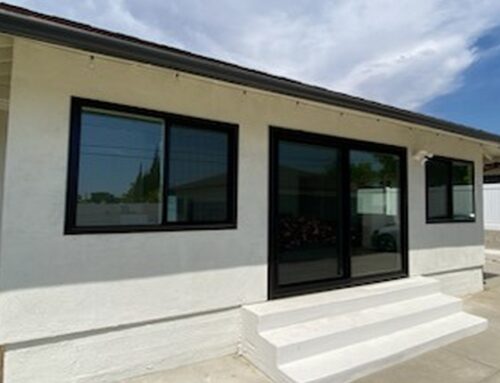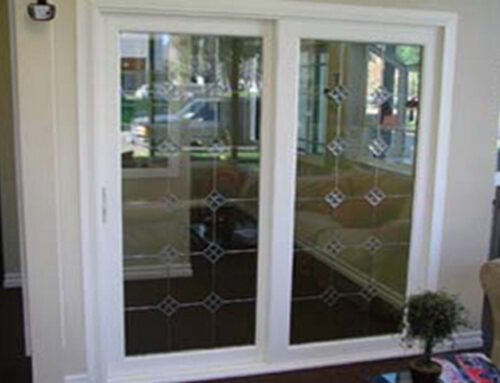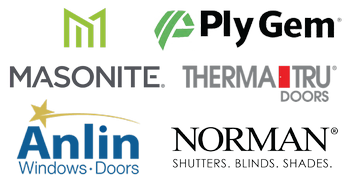ENERGY STAR-certified windows are considered the highest-rated windows in the industry for top-performing energy efficiency. You’ll receive many benefits when you choose ENERGY STAR windows for your replacement windows. You’ll save on energy bills and preserve your home’s interiors, making your home more valuable. The benefits will be obvious, but how is an ENERGY STAR rating determined? How does a window qualify for an ENERGY STAR rating? This blog will dive into ENERGY STAR ratings, how a window gets one, and what makes them a great window for your home.
What Is ENERGY STAR?
Windows must meet specific energy efficiency criteria the U.S. Environmental Protection Agency (EPA) set to qualify for an ENERGY STAR rating. The criteria are based on a combination of factors, including your region – a window in the South will have different requirements than a window in the North. When a window has the ENERGY STAR label, this means that the window is certified energy-efficient.
ENERGY STAR determines its ratings based on information from the National Fenestration Rating Council (NFRC). It tests them in 5 categories across four different U.S. regions: U-factor, a window’s solar heat gain coefficient (SHGC), air leakage, and visible transmittance. The value of the scores depends on your region (Northern, North Central, South Central, and Southern).
An ENERGY STAR label on a window tells you it’s energy-efficient, while the NFRC label breaks down its ratings across all categories. It’s important to note that ENERGY STAR only uses the U-factor and SHGC to decide, but you should still consider the ratings of all the categories to choose the best windows for your home.
The Different Performance Ratings and What They Measure
U-Factor
U-factor measures the rate at which a window conducts heat. It tells you how well the window performs as an insulator by measuring how much heat it allows to escape. The lower the U-factor, the less heat escapes your home and the more efficient the window is. Windows that meet the ENERGY STAR requirements have a U-factor of 0.3 or lower.
Solar Heat Gain Coefficient (SHGC)
The SHGC measures the amount of solar radiation that enters a room through the window. The lower the SHGC, the less heat is transmitted through the window. An ideal score for your windows depends on the region where you live.
In Southern regions, a lower SHGC score is better for keeping out heat and reducing the air conditioning needed to keep your home cool. In the Northern regions, you’ll want a slightly higher score to allow heat from the sun to help warm your home during the winter. In both cases, the goal is to reduce the energy your HVAC system uses to keep your home comfortable.
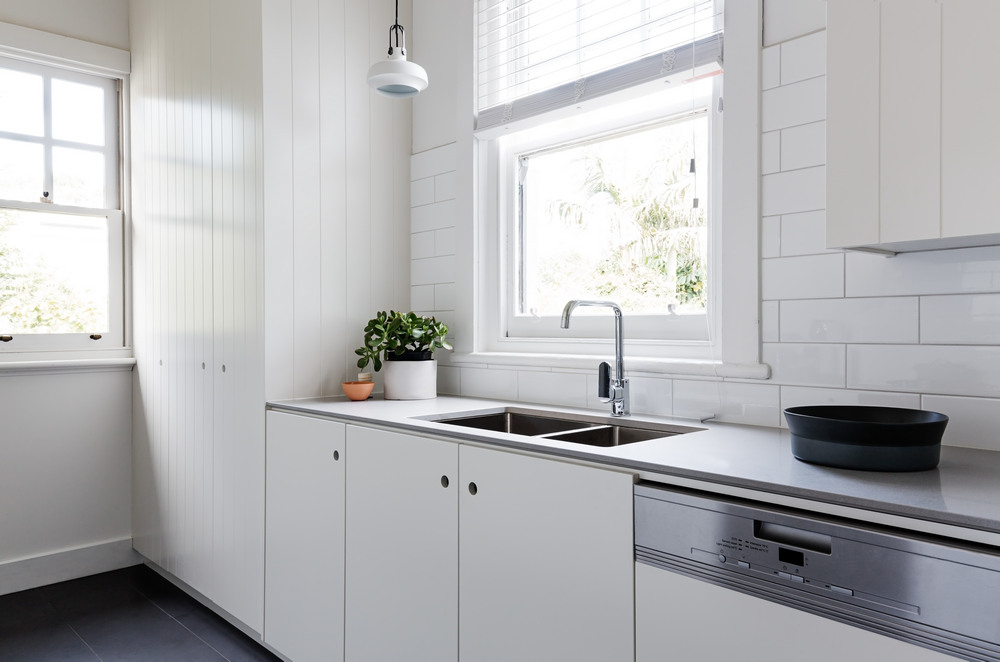
Air Leakage
The Air Leakage (AL) score measures the air that leaks through the window frame. A passable score is equal to or less than 0.3. Again, the lower the score, the less energy is lost through drafts, and the better for keeping your HVAC system from working too hard and using more energy.
Visible Transmittance
Visible Transmittance (VT) measures how much light can pass through the window. Higher scores are better when it comes to VT scores. With a higher VT score, you can depend on natural light during the day, reducing the electricity you’ll use to light your home.
How Are the Most Energy-Efficient Windows Made?
Certain features make windows more energy-efficient. The best energy-efficient windows will have multiple panes, a Low-E coating, gas fill, and ideal framing materials.
Multiple Glass Panes
Double-pane windows consist of two panes of glass separated by a spacer, and a triple-pane window consists of three. Between the layers of glass is airspace filled with air or glass, which acts as insulation. Typically, triple-pane windows are best insulated.
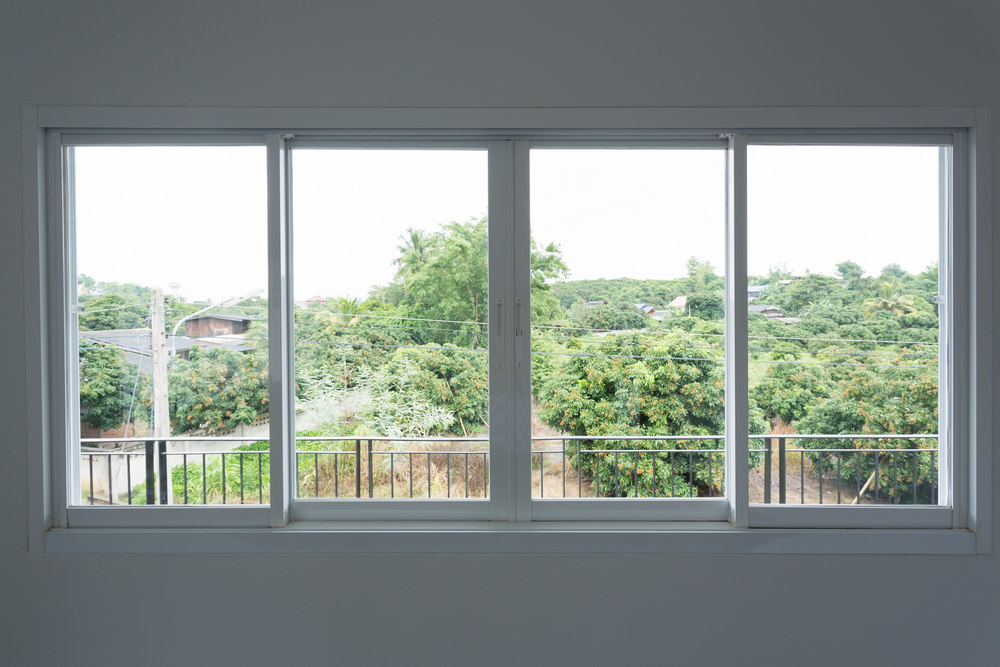
Low-E Coating
Low-E coating on a window is a microscopically thin layer of metallic oxide added to glass panes to reduce the heat from a window. Low-E coating effectively reduces the energy your HVAC system uses to keep your house cool or warm. The coating also reduces the UV rays that pass through the window, which can discolor and fade fabrics and flooring. Low-E ultimately helps to preserve your home’s interiors.
Gas Fill
Using gas between multi-pane windows is a better insulator than air alone; it works to reduce heat loss. Krypton and argon are the standard gasses used in energy-efficient windows. Krypton performs better but is more expensive, which is reflected in the price of the window. Some manufacturers will use a blend of the two gases to create a non-toxic mixture that is effective and affordable.
Window Framing Materials
Different framing materials also affect how energy-efficient a window will be. Fiberglass window frames are energy-efficient because they are structurally stable, reducing air leakage. They also have insulated air cavities, making them thermally superior to other materials. Vinyl and wood are also good insulators depending on how they’re made. Metals, like aluminum, conduct heat and cold, making them the least efficient material.
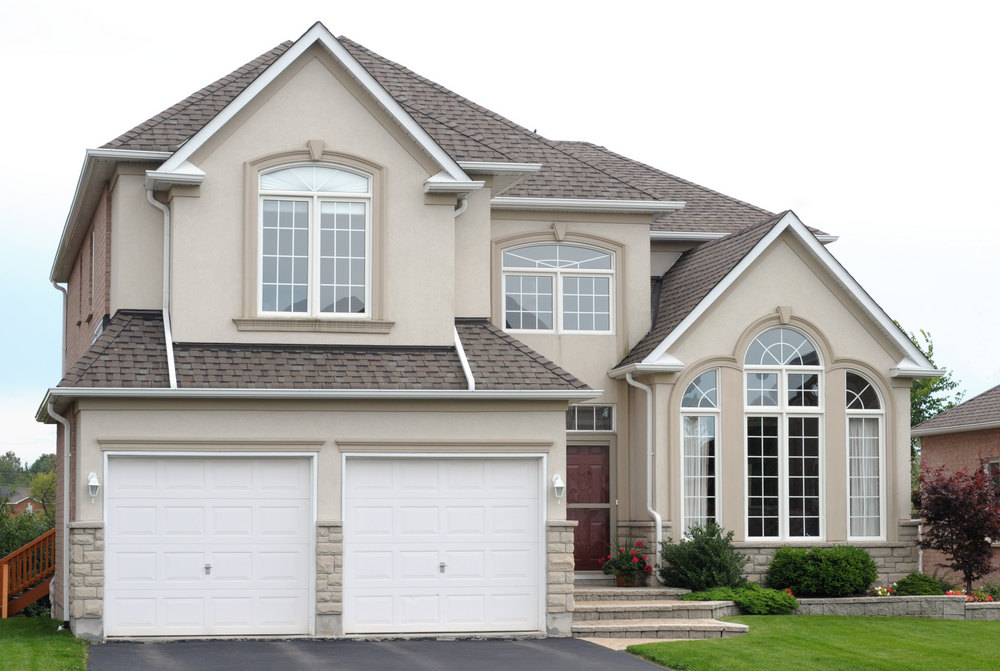
Install ENERGY STAR Windows with Vista Window and Door
In addition to these requirements, ENERGY STAR-qualified windows should be manufactured to strict standards to ensure they remain energy-efficient. Once you install ENERGY STAR windows for your home, you’ll notice countless benefits. Our Vista Windows and Doors team installs ENERGY STAR-certified windows to ensure our customers have the best windows in the market. Call us at (626) 359-3600 or click here for a FREE estimate on energy-efficient windows today!
- Call 626-359-3600 and Visit our Showroom at 600 E. Fig Avenue Monrovia, CA 91016

